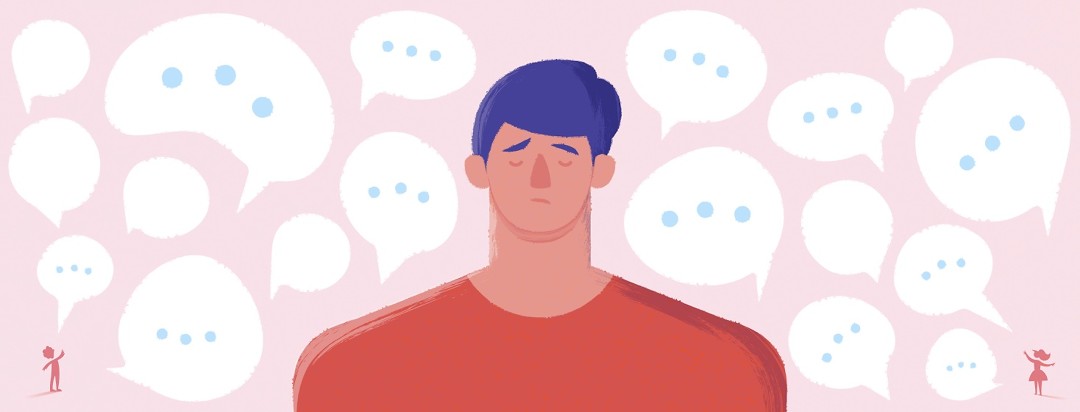The Invisibility of Chronic Pain
Many people with migraines can manage their pain using over-the-counter or prescription pain medicines, physical therapy, and exercise. But some people experience “breakthrough” pain. This is pain that cannot be fully controlled by medicine.1
Managing chronic pain can be challenging on several levels, including in how it impacts social interactions.1
One of the main characteristics of chronic pain is that it is not outwardly visible in the same way something like a broken bone is. Because of this, it is possible for people with migraines who are in severe or long-term pain to live their day-to-day lives without others realizing it.
The stigma of chronic pain
Feeling chronic pain is physically uncomfortable at the best of times and can take your strength and energy away at the worst. It may also be emotionally challenging, leading to depression and anxiety for many.
Research shows that pain can also come with the additional challenge of stigma. This stigma comes from many sources:2-4
- The tendency of people in pain to withdraw from social activities.
- Worry that they may be perceived as weak or less capable.
- Doctors may doubt reports of pain or consider them unimportant, leaving the person feeling unsupported.
- The perception that all people seeking serious pain relief are misusing prescription or illegal drugs
The challenges of stigma
People living with chronic pain often report being viewed as weak or disappointing by others. They also often feel an internal sense of shame or guilt. They are not always believed or taken seriously by their doctors. And they are sometimes assumed to be seeking drugs for a high rather than to manage actual pain.2
Coping with chronic pain and stigma
Managing chronic pain and the stigma that may come with it can be a difficult process. Some of the following strategies may help you cope and find some relief:3,5
- Shed your guilt. It is not your fault that you feel pain or have trouble moving. Try to accept things as they are, practice gratitude, and make the changes and adjustments you need rather than trying to live up to an image you have in your mind.
- Find supporters. Not everyone will question your pain or judge you. Seek out people who understand what you are going through. Sometimes friends will come through for you. If not, consider finding a local support group or join one of our online forums.
- Accept some pain. Try to accept that you will feel some pain rather than fighting against it. This will help the pain fade slightly into the background of your attention. Acceptance may lessen some of the emotional distress your pain causes you.
- Set small goals. Live your life smarter, not faster. Set small goals that you can achieve today, so you can feel a sense of accomplishment. For example, focus on being active. Small accomplishments help you feel more in control and capable.
- Be kind to yourself. Treat yourself as kindly as you would your best friend. Many of us have a tendency to be hard on ourselves, but being ill is not your fault, and coping requires kindness and understanding. Try to notice at least one achievement each day, to celebrate yourself.
- Choose your doctor. If your doctor is not listening to you about your pain and you have other options, try to find a doctor who does listen to you.
- Increase your positives. Try to increase the things that make you feel good. When you feel depressed or low, you feel pain more intensely. Staying as active as possible and increasing the positive elements in your life will make you feel better and more uplifted. It will also help you focus on something other than your pain.
Like other aspects of living with migraines, chronic pain can be challenging. Taking control of how you think and feel about your pain can help you manage your health.

Join the conversation